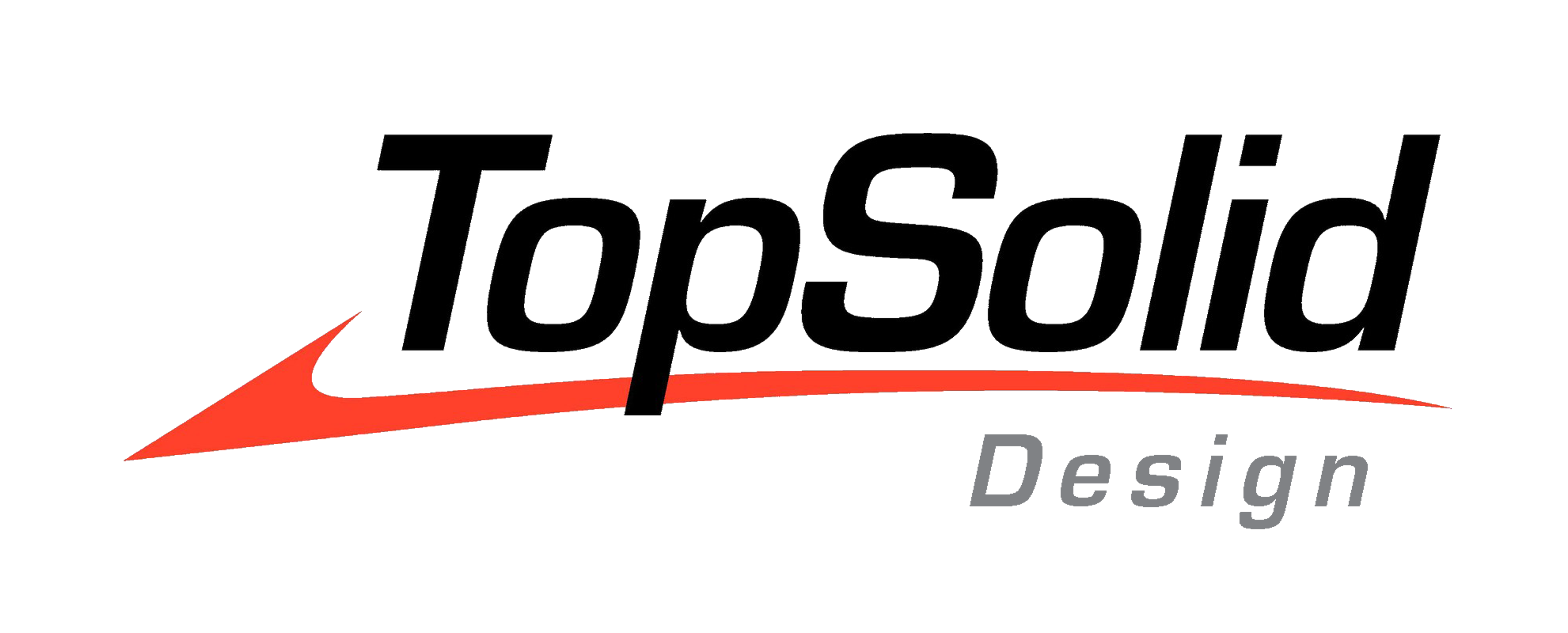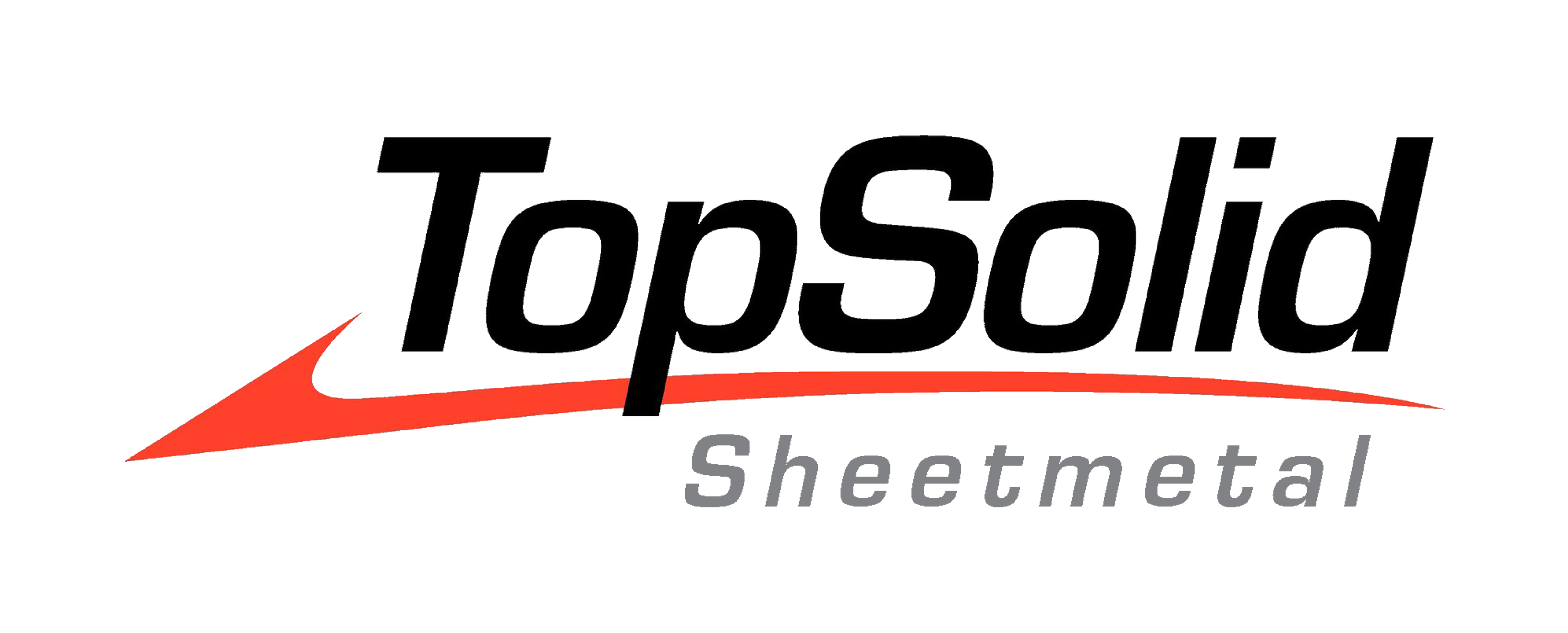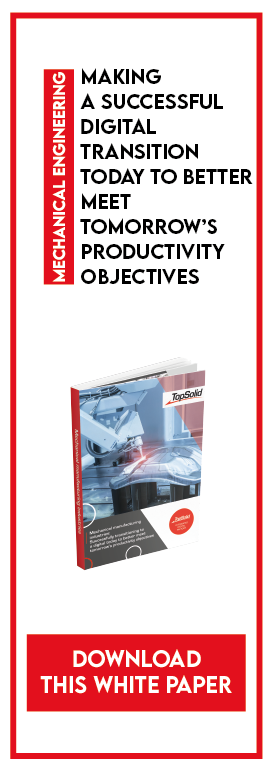CAD software, which is used to digitally model parts or machines, is indispensable in numerous sectors of activity. As well as making technical improvements, it also forms a link between different fields of expertise and helps to improve the complete design process. We take a look at this tool, its applications and its benefits for enterprises.
CAD: definition, principles and applications
What is the role of CAD?
CAD (Computer-Aided Design) is used to digitally model parts or machines in 2D or 3D. This technical drawing software provides the opportunity to reach very high levels of detail, by perfectly representing the dimensions, structure, texture or strength of the product. This modeling stage, which takes place just before the launch of production, simulates the operation of the part and can correct any errors. Therefore, CAD is an essential tool for any company seeking to industrialize its design process.
What is the difference between Computer-Aided Design and Computer-Aided Drafting?
Both capitalized as CAD, they are often mistaken for one another, but do not offer the same possibilities.
- Computer-Aided Drafting is a “simple” 2D or 3D drawing software application, that is only used to draft and produce designs on a computer.
- Computer-Aided Design is more complete, since it brings together software applications with their own specific physical, chemical and technical parameters. Computer-Aided Design offers functionality that extends beyond Computer-Aided Drafting software.
What are the possible uses of CAD?
Unlike DAO software, CAD can be used for a multitude of purposes. In particular, this software was be used to:
- handle objects in 2D or 3D,
- make digital calculations,
- produce graphic representations,
- perform digital modeling,
- produce plans drawings,
- manage assemblies.
This complete and versatile software is used in many sectors, such as automotive, mechanics, construction and civil engineering, aeronautics and retail. CAD can be used in projects that are very different.
- In architecture, CAD software allows the draftsmen to refine buildings by taking the architect’s expertise into account, plus the aesthetics of the construction and the environmental standards of the project.
- In electronics, CAD helps the technician to define the dimensions of an installation, scope the construction of a PCB and perform simulations.
What are the benefits of CAD?
The technical functions and multiple applications of CAD software offer a multitude of benefits to enterprises.
Higher productivity
From shorter lead times, to reduced production costs and optimized production processes, CAD plays an important role in boosting the company’s productivity. On the one hand, it significantly increases the efficiency of draftsmen, while, on the other, the technical functionality of the software avoids product errors, before they are even manufactured. As a consequence, the production of every part is optimized.
The range of CAD, CAM and PDM TopSolid solutions
A higher quality of design
CAD software offers access to a range of high-performance tools to draftsmen to complete their design. This level of precision enables high-quality parts with few or no defects to be produced.
Simplified creation of the database
When designing a product, it is necessary to use detailed documentation that contains:
- A list of the materials and components,
- The dimensions and geometry of the product,
- The specifics of the materials used,
- Drawings of the components and the products.
CAD software facilitates this process, because it can easily produce and compile all this data.
Optimized storage
Along the same lines, design software makes saving and storing the data more fluid. Consequently, the product design and the standardized components of the drawing can easily be saved and reused in other projects.
An aid for collaboration
In addition to improving the work done by the draftsman, CAD software facilitates collaboration between the different players in the production process. It can centralize the project on a platform, where all the trades involved can interact. Consequently, when one department makes a change, the impacts of the change on the entire project are immediately visible to all the parties involved. The players progress hand in hand, from the design office to the workshop. In particular, this facilitates:
- Constructive exchanges,
- An understanding of the reciprocal issues,
- The possibility to test different innovative scenarios.
Software that is compatible with the company’s ERP
Today, many CAD software applications are compatible with ERP software. This agility produces numerous benefits for the enterprise:
- Increased productivity, because the integration of the ERP and the CAD software provides optimal control of the various flows and processes, from the design to the manufacturing of the product,
- Better reliability of the technical data, because the link between production and the design office improves the reliability and security of the data,
- Time-savings for employees, because the persons tasked with the product configuration can save valuable time, since all the project data is centralized.
So, you can see that CAD software is an essential tool in certain sectors. This technical and organizational solution improves the productivity of the draftsmen, but it also impacts the entire enterprise.
TopSolid offers a broad range of CAD solutions that are designed according to the specifics and the needs of different sectors of activity. Check out all our offers and choose the solution that is best adapted to your activity, or contact us for more information.






